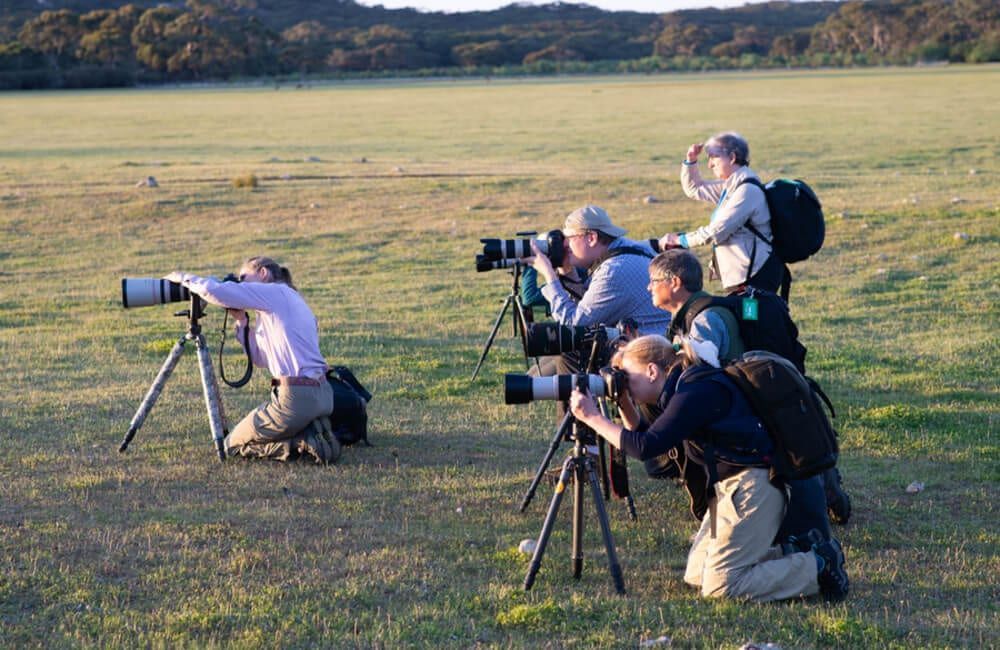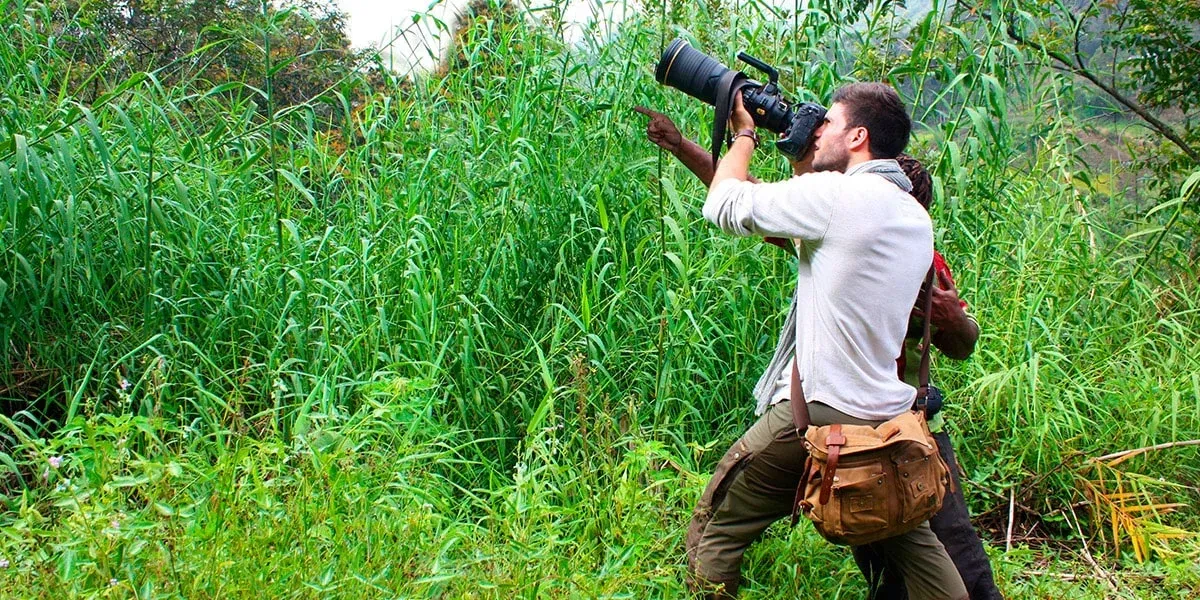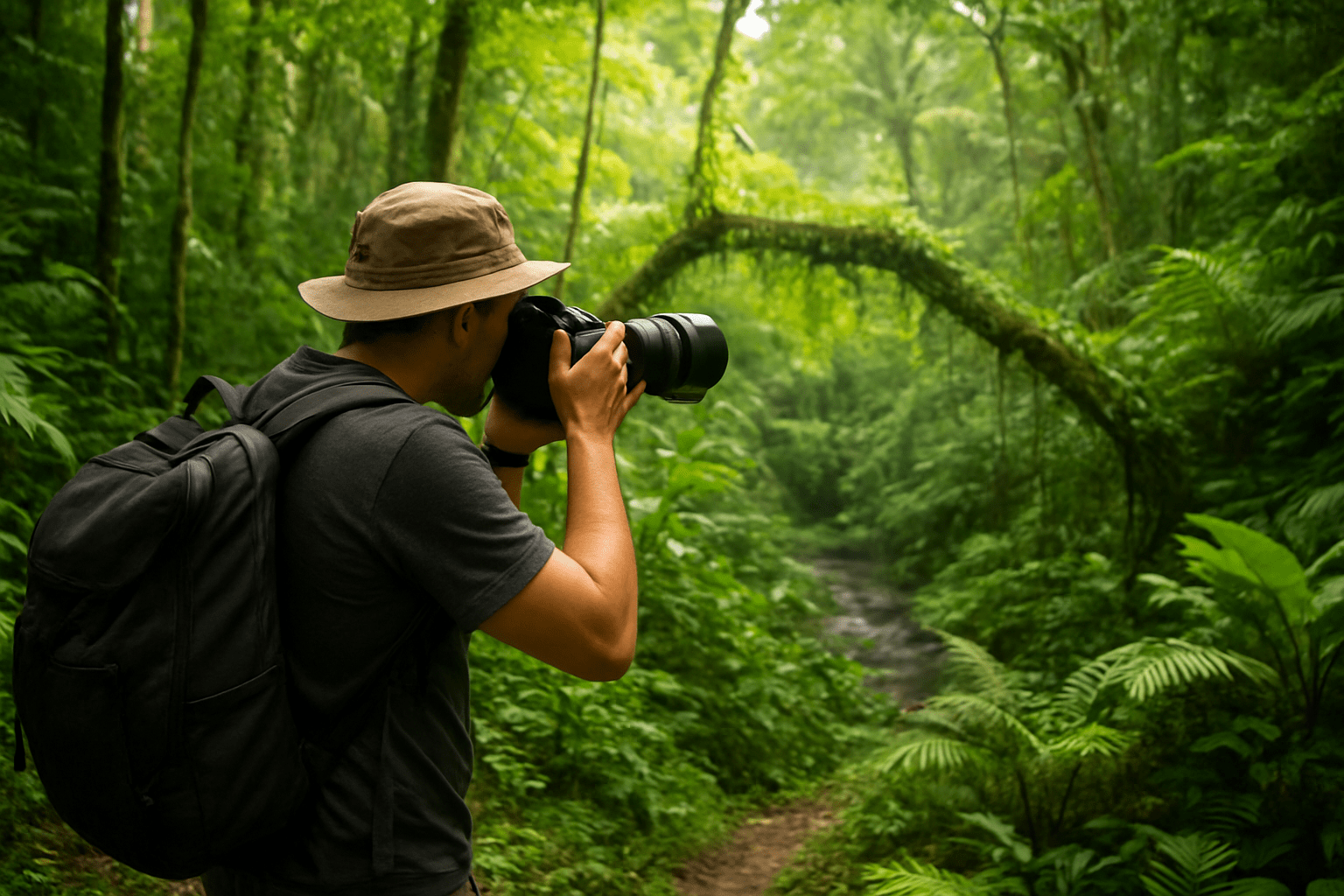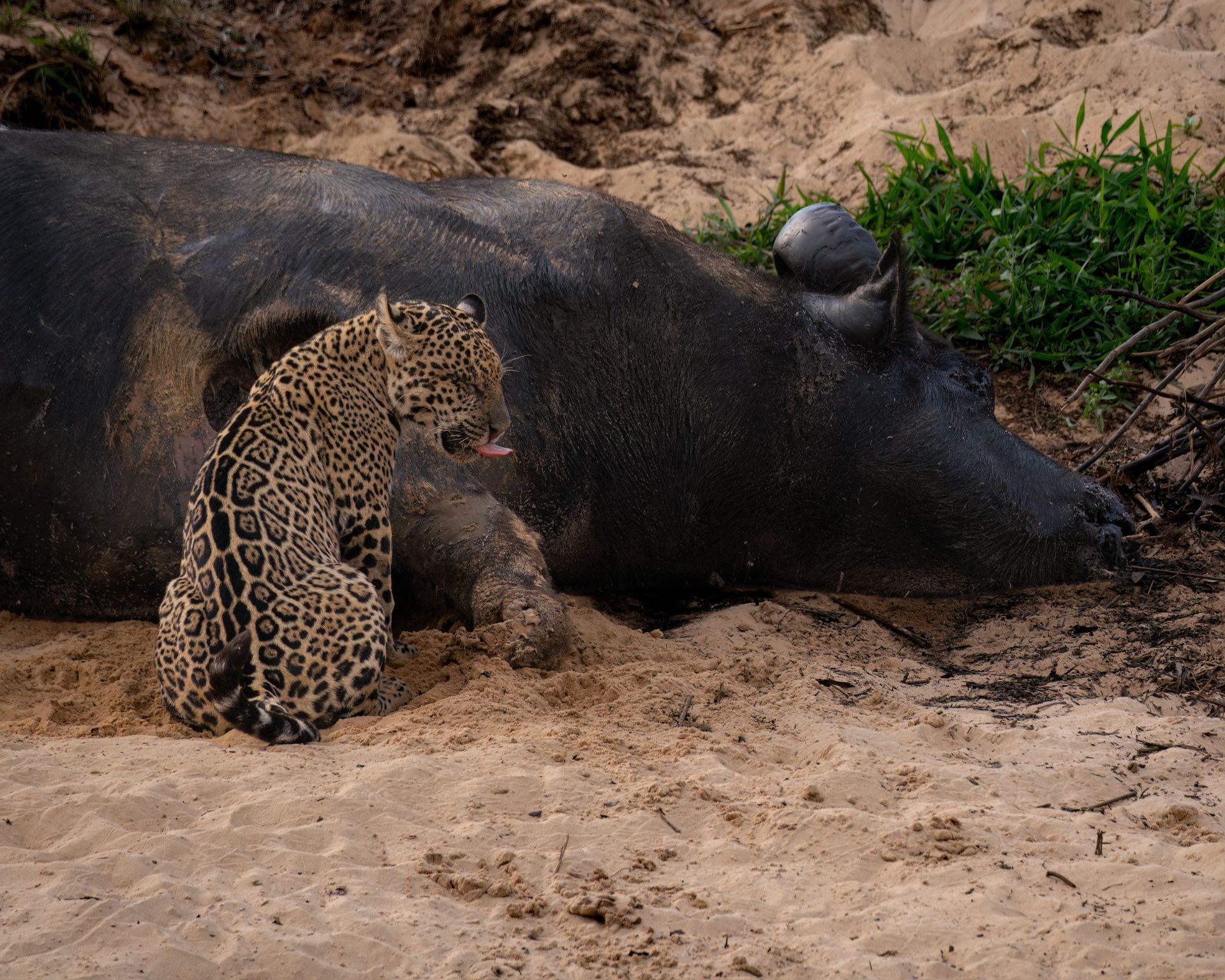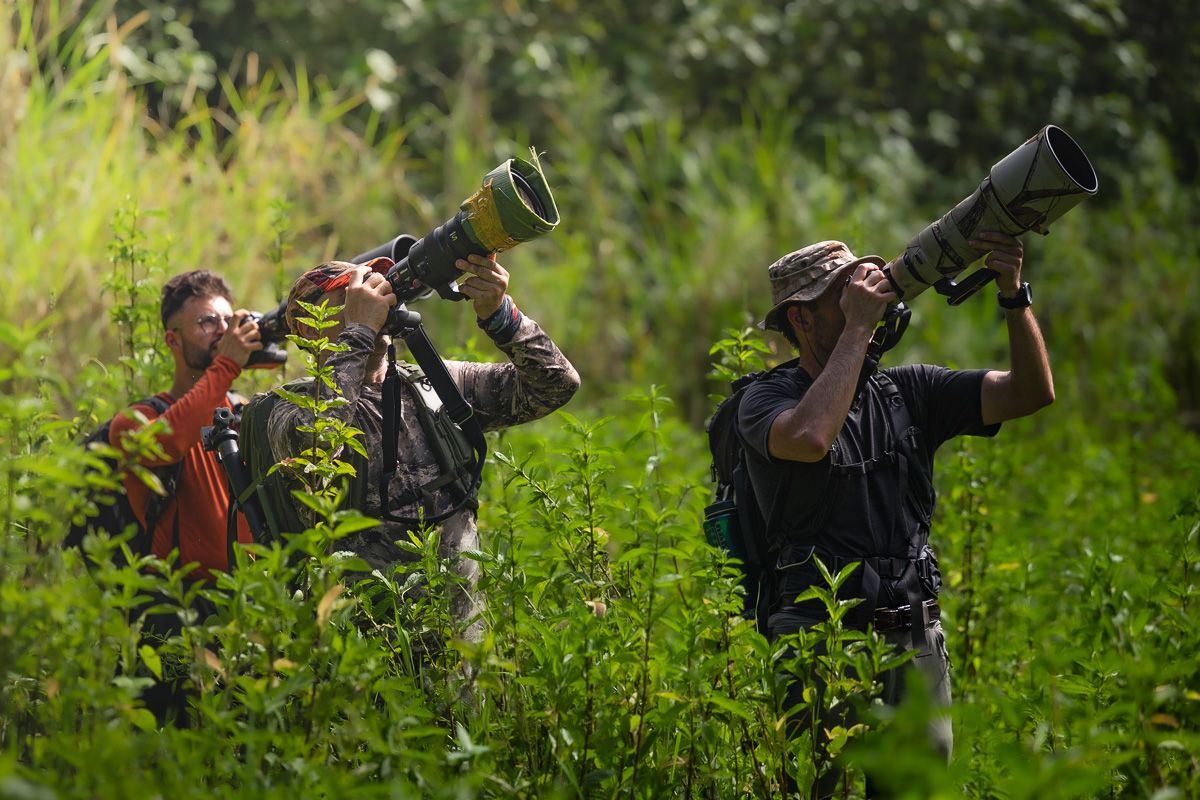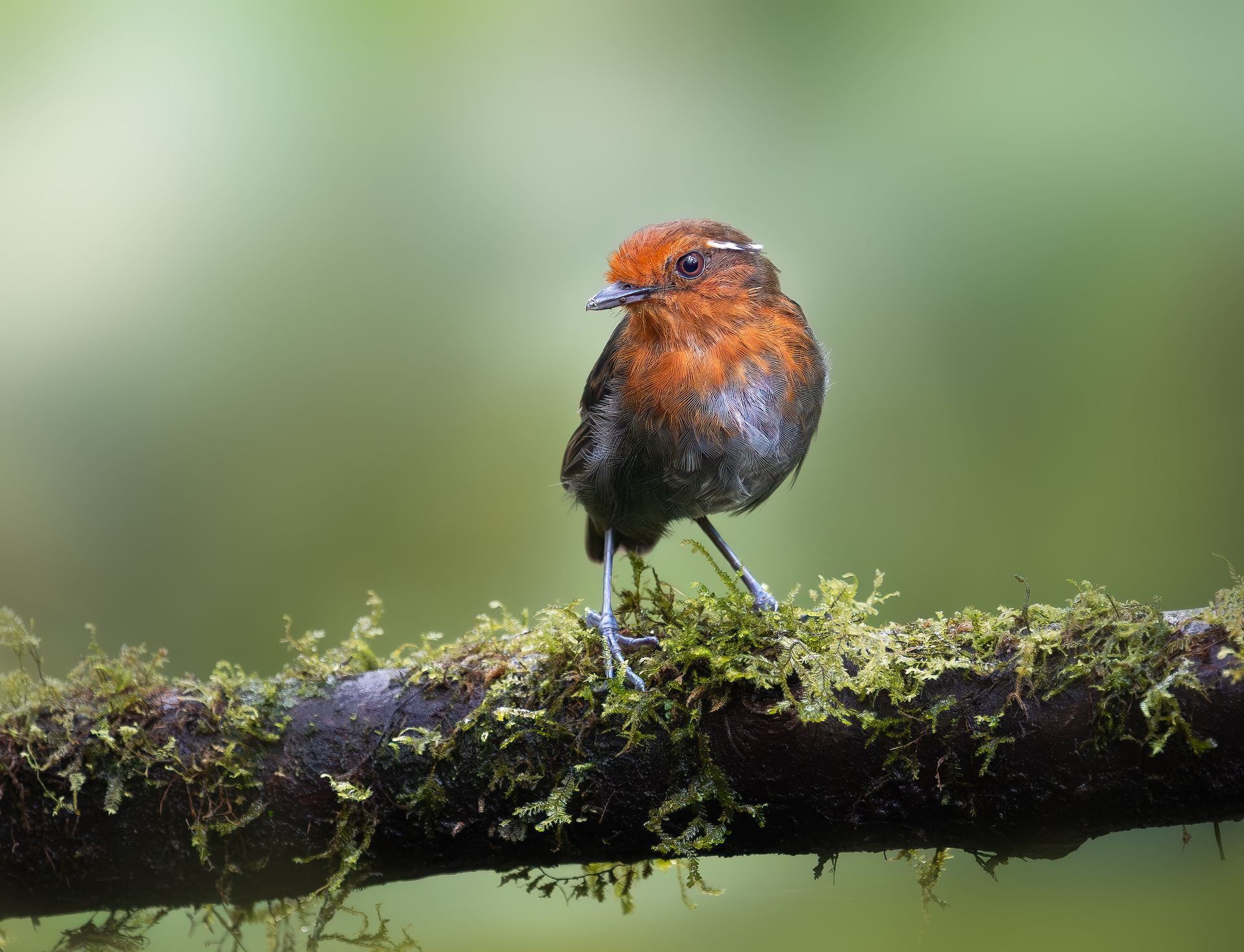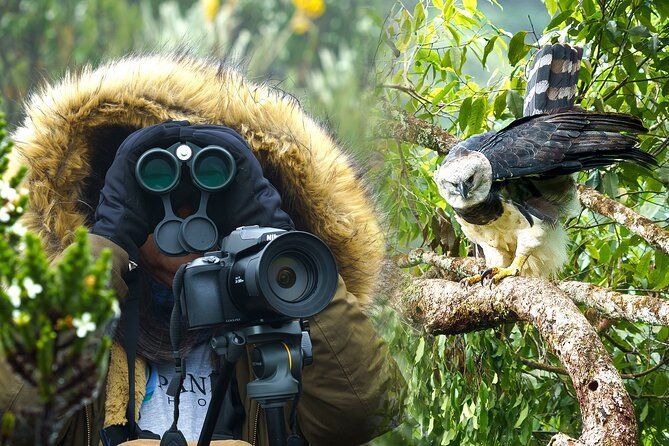Antpittas: The Hidden Birds of Colombia's Cloud Forests
Antpittas: The Hidden Birds of Colombia's Cloud Forests
Colombia’s cloud forests are alive with sound, mystery, and color. But among the many birds that inhabit these misty ecosystems, few capture the imagination quite like the antpittas. Known for their secretive behavior, unique calls, and ground-dwelling habits, these elusive birds are among the most sought-after species for birdwatchers and photographers visiting Colombia.
This article explores the fascinating world of antpittas, their behavior, the best places to spot them, and expert tips for capturing them on camera.
Introduction: Why Antpittas Are So Enigmatic
- Ground specialists: Unlike canopy-dwelling hummingbirds or tanagers, antpittas prefer the understory and forest floor.
- Shy personalities: They are notoriously difficult to spot, blending perfectly into the forest shadows.
- Colombian diversity: With more than a dozen species recorded, Colombia is the best place on earth to see them.
For bird photographers, the challenge of finding and photographing an antpitta is both frustrating and rewarding — often described as the “holy grail” of bird photography in South America.
Part 1: Getting to Know Antpittas
Physical Characteristics
Antpittas belong to the family Grallariidae:
- Plump, round bodies with long legs.
- Small heads and short tails, giving them a “ball on stilts” appearance.
- Subtle plumage, usually earth-toned with streaks or patches for camouflage.
Behavior
- Feeding habits: Primarily insectivores, feeding on ants, beetles, spiders, and occasionally small frogs.
- Movement: They hop along the forest floor instead of flying, rarely going high into the trees.
- Vocalizations: Distinct calls are often the best way to detect their presence, since visual sightings are rare.
Part 2: Why Colombia Is the World’s Antpitta Capital
Colombia’s geography — spanning Andes, cloud forests, and tropical regions — has created a hotspot for antpitta endemism.
Key facts:
- Over 15 species of antpittas recorded in Colombia.
- Several are endemic, meaning they occur nowhere else in the world.
- Protected reserves and feeding stations have made sightings more reliable.
Some highlight species include:
- Chestnut-naped Antpitta (Grallaria nuchalis) – found in the Central Andes.
- Bicolored Antpitta (Grallaria rufocinerea) – one of Colombia’s rarest.
- Slate-crowned Antpitta (Grallaricula nana) – thrives in dense understory.
- Moustached Antpitta (Grallaria alleni) – near-endemic, found mostly in Colombia.
Part 3: Where to See Antpittas in Colombia
Here are the top birding destinations where antpittas are regularly seen and photographed:
Río Blanco Reserve (Caldas)
- Famous for its antpitta feeding stations, where local guides have trained wild birds to come for worms.
- Species often seen: Chestnut-naped, Bicolored, Slate-crowned.
Reserva Natural Jardín de Rocas (Antioquia)
- Known for Cock-of-the-Rock displays, but nearby trails also host antpittas.
- Good chances for Chestnut-crowned Antpitta.
Otún Quimbaya Sanctuary (Risaralda)
- A lush forest where Moustached Antpitta can be heard and occasionally seen with persistence.
Santa Marta Mountains
- Endemic hotspot with species such as the Santa Marta Antpitta (Grallaria bangsi).
Part 4: Photography Challenges
Capturing antpittas requires a different mindset than photographing colorful hummingbirds or flamboyant tanagers.
Challenges:
- Low light: Cloud forests are dim, even at midday.
- Dense vegetation: Birds stay hidden in undergrowth.
- Quick movements: Antpittas hop in and out of view within seconds.
Solutions:
- Use a fast lens (f/2.8 or f/4) to maximize light.
- Raise ISO to 1600–3200 for handheld shots.
- Tripod or monopod: Helpful in low-light trails.
- Silent shutter mode: Prevents disturbing shy species.
Part 5: Ethical Bird Photography
Antpittas are sensitive species. Ethical practices are crucial:
- Avoid overuse of playback: Over-calling stresses the birds.
- Respect feeding stations: Follow guides’ instructions carefully.
- Keep distance: Long telephoto lenses allow natural behavior shots.
- Support local conservation: Entrance fees and eco-tourism help preserve habitats.
Part 6: Antpitta Photography Stories from the Field
Many bird photographers recall their first encounter with an antpitta as a life-changing experience:
- At Río Blanco, photographers wait quietly near feeding stations at dawn. Suddenly, a Chestnut-naped Antpitta hops into view, offering precious seconds for the shutter.
- In the Santa Marta range, the search for the endemic Santa Marta Antpitta can take hours, but the reward is capturing one of the rarest antpittas on Earth.
Each photo tells a story of persistence, patience, and respect for the bird’s secretive world.
Part 7: Travel Tips for Antpitta Expeditions
- Best Season: December to March (dry season, easier trails).
- Gear to Bring: Lightweight telephoto lens (400–600mm), weatherproof clothing, headlamp, tripod, and plenty of memory cards.
- Local Guides: Essential for finding the right trails and identifying vocalizations.
- Accommodations: Birding lodges like Río Blanco, Montezuma Lodge, and El Dorado Lodge cater to photographers.
Part 8: Beyond Antpittas – Other Cloud Forest Treasures
While searching for antpittas, photographers often encounter other spectacular species:
- Andean Cock-of-the-Rock
- Mountain Tanagers
- Quetzals
- Toucanets
This makes antpitta expeditions doubly rewarding.
Conclusion: The Magic of Antpittas
Antpittas embody the mystery and challenge of bird photography in Colombia’s cloud forests. Their shy nature, elusive behavior, and haunting calls make every sighting unforgettable. For birders and photographers alike, encountering an antpitta is not just about ticking off a species — it’s about experiencing the hidden soul of Colombia’s wild landscapes.
When you finally capture one through your lens, it’s more than a photograph — it’s a story of patience, respect, and discovery.



